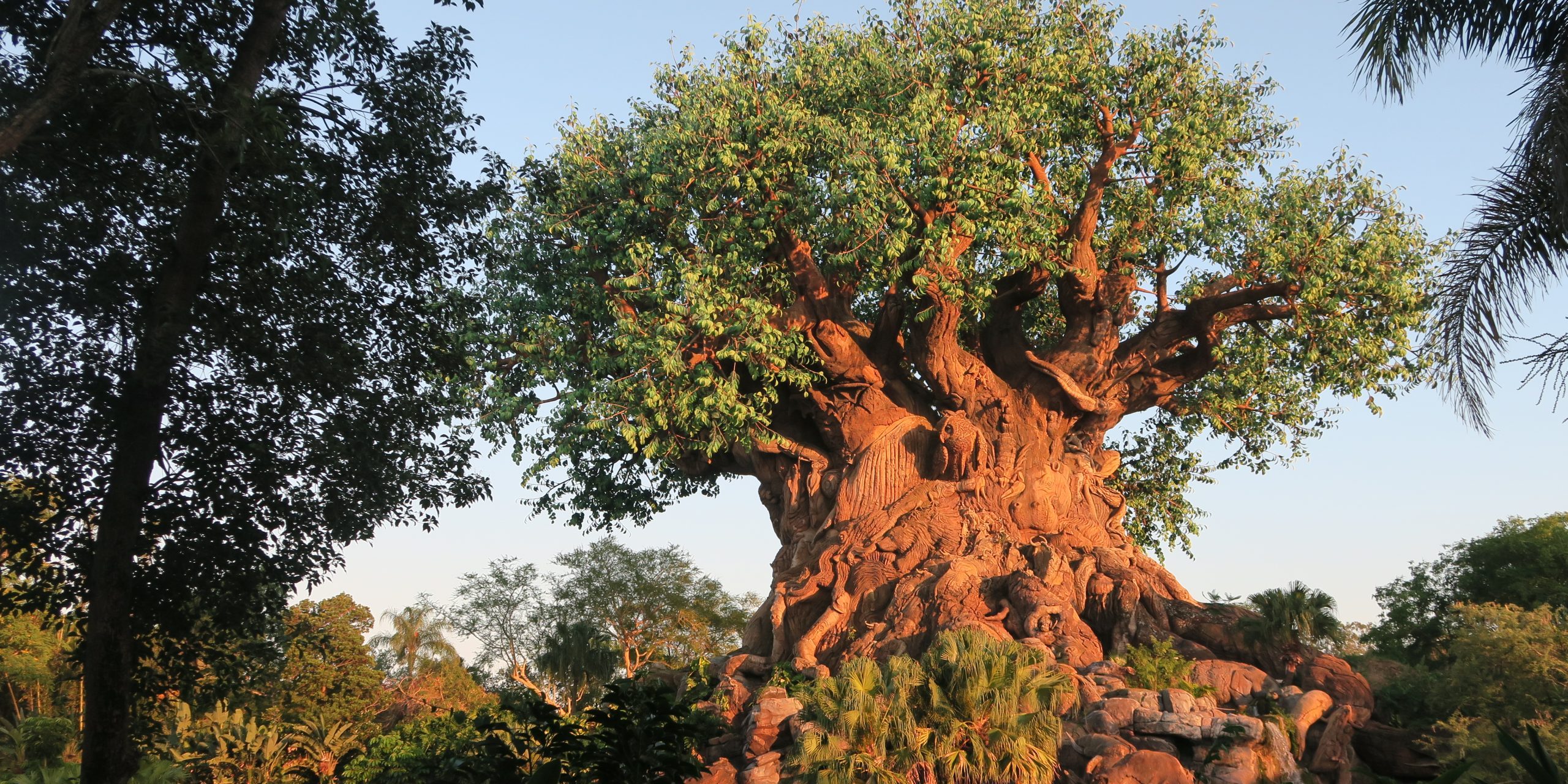Part 2: Transitioning.
We continue on with Joe’s series of Instagram posts from last year, we are on the verge of getting the insider view on some special spaces. Here the concept of transition is discussed, and that is fitting as Joe himself has crossed a bridge in his career and moved on from Animal Kingdom. But that’s the nice thing about bridges, they go both ways.
Bridges of Storytelling.
Crossing a bridge is one of the time honoured narrative symbols of change. It is such a common metaphor that it has passed into normal language … we talk about bridging between subjects, music bridges etc. So it’s not just for functionality that bridges separate us from the four main narrative lands of the park. It’s symbolic, like a gate or tunnel. The river itself may change over time and has already, but I think the bridge motif is likely to remain. On the far side, design changes allot, it is photoreal, weathered, full of contemporary references.
Wildlife conservation happens in real time. It is part of history, politics, economics. Narrative requires extraordinary levels of consistency and correlation. So the design of a place that speaks about wildlife conservation needs to resonate with reality. Animals too are mercilessly real. Framing these real animals and real issues simply requires realism. The realism of the lands is interesting, but it’s also logically inevitable. However, it’s still a story, not a report.
In narrative even realism itself is subject to thematic priorities. So, despite the fact that these places seem to look very real, the specific, real details are chosen to propel story ideas. For example, all over the world from Guatemala to Kenya to Thailand you can find one-story cinder-block buildings with corrugated tin roofs. That’s real. But if each land realistically depicted that there would be no ability to tell one land from another nor distinguish any underlying statement of one land as distinct from another. Those statements are in the colour, shape, texture, and detail. Those have been editorially chosen from the full menu of reality.

Highfalutin’ Themes.
Let us begin to cross the bridges now into the various lands represented by in the park. People who know the park will comment on it’s “authenticity.” This word makes me uncomfortable, since the entire thing is fictional. I think accuracy and realism are more apt terms. (I will come back to the concept of authenticity later.) The stories that we tell are pseudo-documentary. They relate to real ideas, but are artificially constructed. We want you to understand that you are inside of a story, just like at the Magic Kingdom, but you are not inside a fantasy. So let’s go to theme and talk about why the design reflects particular themes. One of the most important themes underlying all of Disney’s Animal Kingdom is the supremacy and intrinsic value of nature.
A highfalutin’ theme is useless unless it is so clearly expressed through design and and action that you don’t need to say it. In this case, the supreme value of nature is expressed by the dominance of landscape over architecture, the dominance of organic forms over geometric forms, the dominance of accident and improvisation over plan and design, and the dominance of the forces of nature over man made objects. In theory, if you saw a place that had those qualities, you should be able to guess that it has something to do with nature and naturalness.






